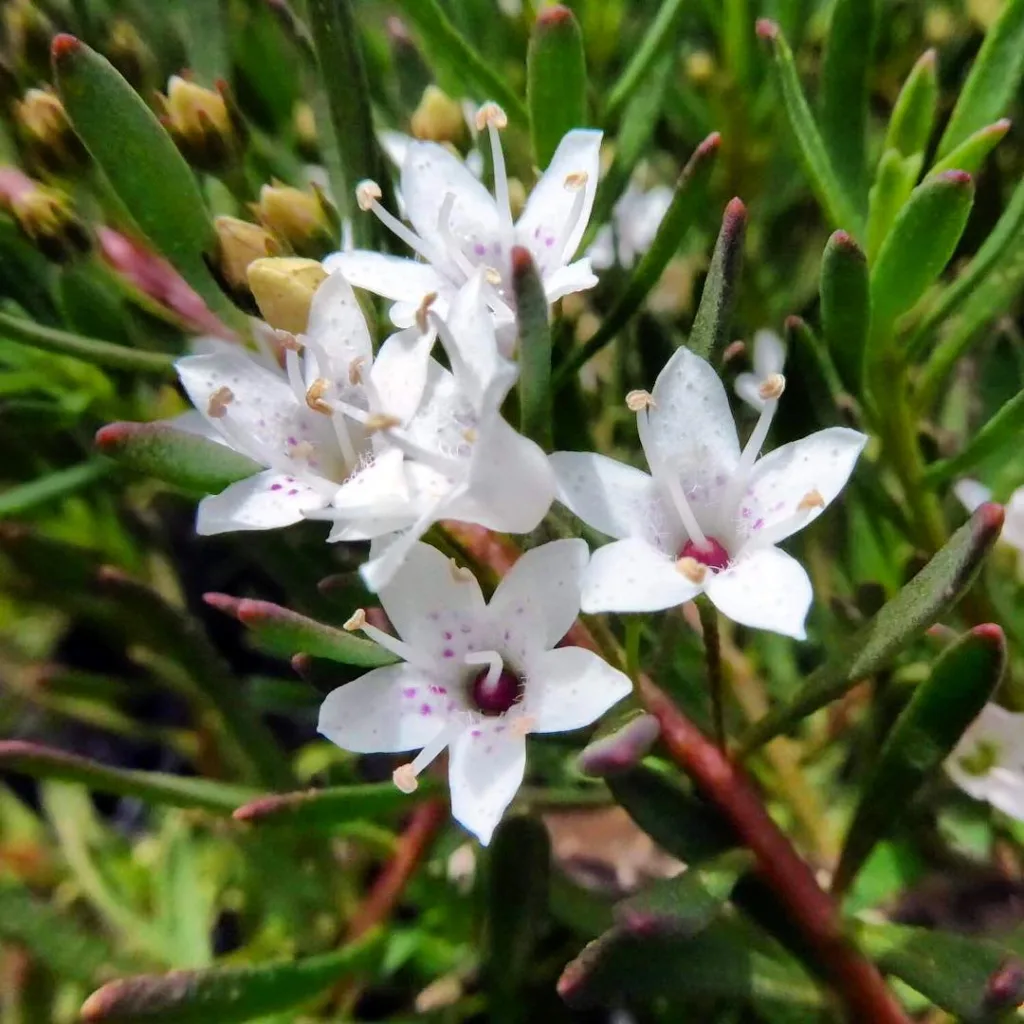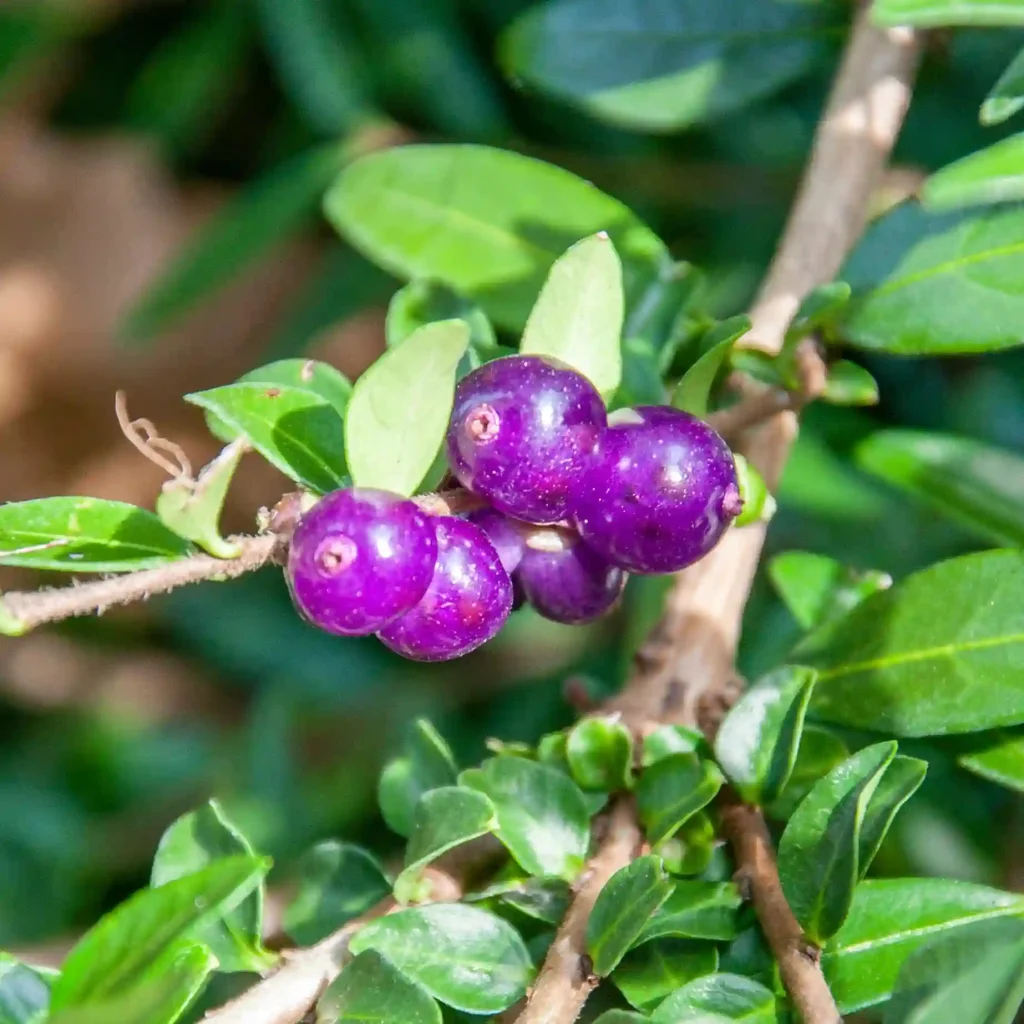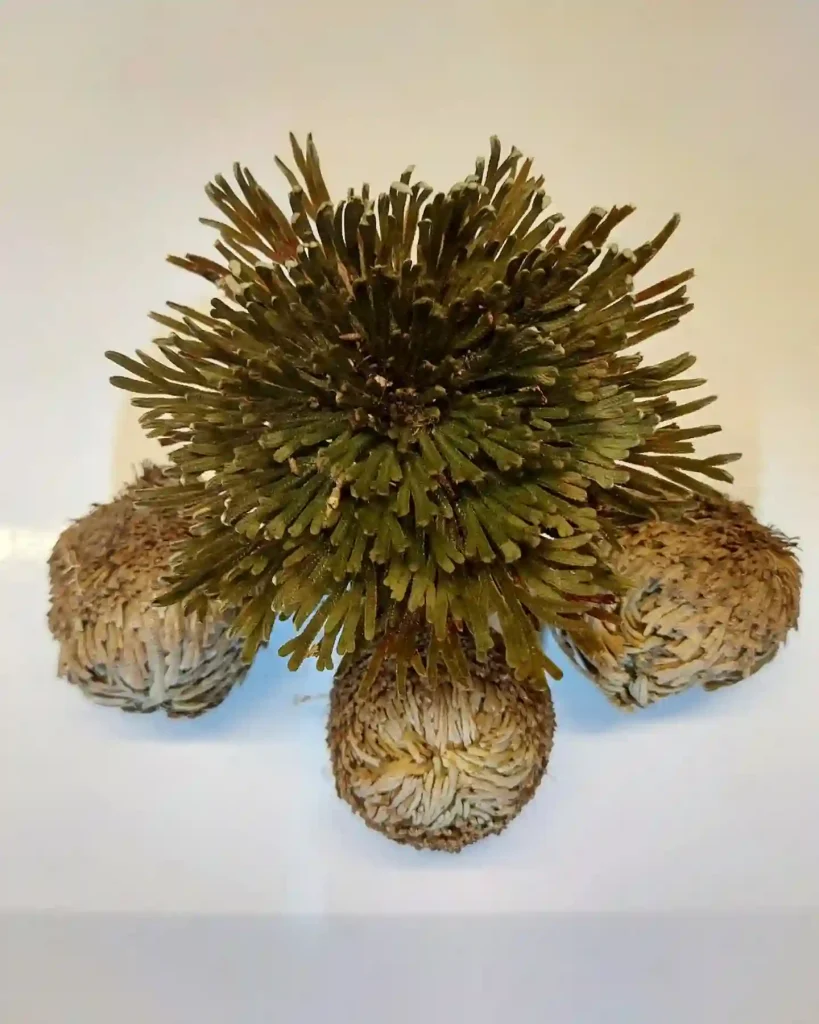Rutaceae: A Citrus Symphony
As a botanist, I’ve always been fascinated by the Rutaceae family. This diverse group of plants, commonly known as the citrus family, boasts an array of aromatic and flavorful species that have captivated humans for centuries. From the zesty tang of oranges and lemons to the fragrant blossoms of rue and mock orange, Rutaceae plants offer a sensory experience that is both invigorating and delightful.
Aromatic Diversity
The Rutaceae family is renowned for its aromatic qualities. The leaves, fruits, and flowers of these plants contain essential oils that release a potent fragrance when crushed or bruised. These oils are responsible for the characteristic citrus scent that is so widely recognized and appreciated. However, the aromatic diversity within the Rutaceae family extends far beyond citrus fruits.
The leaves of rue, for instance, emit a pungent, almost medicinal aroma that has been used for centuries in traditional medicine and perfumery. The delicate blossoms of mock orange, on the other hand, release a sweet, heady fragrance that fills the air with a sense of romance and nostalgia.
Culinary Delights
Rutaceae plants are not only aromatic but also flavorful. Citrus fruits, such as oranges, lemons, limes, and grapefruits, are prized for their juicy flesh and tangy zest. These fruits are enjoyed fresh, juiced, or used as ingredients in a wide variety of culinary creations. The essential oils extracted from citrus fruits are also used to flavor beverages, desserts, and savory dishes.
Beyond citrus fruits, other members of the Rutaceae family also contribute to the culinary world. The leaves of curry leaves, for example, are used extensively in Indian cuisine to add a distinctive flavor to curries and other dishes. The berries of Sichuan pepper, with their unique numbing sensation, are a key ingredient in Sichuan cuisine.
Genera of the Rutaceae Family
The Rutaceae family encompasses a vast array of genera, each with its own unique characteristics and contributions:
- Citrus: This genus includes the most familiar citrus fruits, such as oranges, lemons, limes, and grapefruits. – 32 Species in Genus Citrus
- Ruta: This genus includes rue, a plant with a long history of medicinal and culinary use. – 11 Species in Genus Ruta
- Murraya: This genus includes curry leaves, a staple ingredient in Indian cuisine. – 9 Species in Genus Murraya
- Zanthoxylum: This genus includes Sichuan pepper, a spice known for its numbing sensation. – 234 Species in Genus Zanthoxylum
- Acmadenia Bartl. & H.L.Wendl.
- Acradenia Kippist
- Acronychia J.R.Forst. & G.Forst.
- Adenandra Willd.
- Adiscanthus Ducke
- Aegle Corrêa – 2 Species in Genus Aegle
- Aeglopsis Swingle
- Afraegle Engl.
- Afraurantium A.Chev.
- Agathosma Willd.
- Amyris P.Browne – 53 Species in Genus Amyris
- Andreadoxa Kallunki
- Angostura Roem. & Schult.
- Apocaulon R.S.Cowan
- Asterolasia F.Muell.
- Atalantia Corrêa
- Balfourodendron Corr.Mello ex Oliv.
- Balsamocitrus Stapf
- Bergera J.Koenig – 11 Species in Genus Bergera
- Boenninghausenia Rchb. ex Meisn.
- Boronia Sm. – 134 Species in Genus Boronia
- Bosistoa F.Muell. ex Benth.
- Bottegoa Chiov.
- Bouchardatia Baill.
- Brombya F.Muell.
- Burkillanthus Swingle
- Calodendrum Thunb.
- Casimiroa La Llave
- Cedrelopsis Baill.
- Chloroxylon DC.
- Choisya Kunth – 6 Species in Genus Choisya
- Chorilaena Endl.
- Citropsis (Engl.) Swingle & M.Kellerm.
- Clausena Burm.f.
- Clymenia Swingle
- Cneoridium Hook.f.
- Cneorum L.
- Coleonema Bartl. & H.L.Wendl. – 8 Species in Genus Coleonema
- Comptonella Baker f.
- Conchocarpus J.C.Mikan
- Correa Andrews – 11 Species in Genus Correa
- Crossosperma T.G.Hartley
- Crowea Sm.
- Cyanothamnus Lindl.
- Decagonocarpus Engl.
- Decatropis Hook.f.
- Decazyx Pittier & S.F.Blake
- Desmotes Kallunki
- Dictamnus L.
- Dictyoloma A.Juss.
- Dinosperma T.G.Hartley
- Diosma L.
- Diplolaena R.Br.
- Drummondita Harv.
- Dryades Groppo, Kallunki & Pirani
- Dutailliopsis T.G.Hartley
- Dutaillyea Baill.
- Empleurum Aiton
- Eriostemon Sm.
- Ertela Adans.
- Erythrochiton Nees & Mart.
- Esenbeckia Kunth
- Euchaetis Bartl. & H.L.Wendl.
- Euodia J.R.Forst. & G.Forst.
- Euxylophora Huber
- Fagaropsis Mildbr.
- Feroniella Swingle
- Flindersia R.Br.
- Galipea Aubl.
- Geijera Schott
- Geleznowia Turcz.
- Glycosmis Corrêa
- Halfordia F.Muell.
- Haplophyllum A.Juss.
- Harrisonia R.Br. ex A.Juss.
- Helietta Tul.
- Hortia Vand.
- Ivodea Capuron
- Leionema (F.Muell.) Paul G.Wilson
- Leptothyrsa Hook.f.
- Limonia L.
- Lubaria Pittier
- Lunasia Blanco
- Luvunga Wight & Arn.
- Maclurodendron T.G.Hartley
- Macrostylis Bartl. & H.L.Wendl.
- Medicosma Hook.f.
- Megastigma Hook.f.
- Melicope J.R.Forst. & G.Forst.
- Merope M.Roem.
- Metrodorea A.St.-Hil.
- Micromelum Blume
- Monanthocitrus Tanaka
- Muiriantha C.A.Gardner
- Myrtopsis Engl.
- Naringi Adans.
- Naudinia Planch. & Linden
- Nematolepis Turcz.
- Neobyrnesia J.A.Armstr.
- Neoraputia Emmerich ex Kallunki
- Neoschmidia T.G.Hartley
- Orixa Thunb. – Orixa Japonica of Genus Orixa
- Pamburus Swingle
- Paramignya Wight
- Peltostigma Walp.
- Pentaceras Hook.f.
- Perryodendron T.G.Hartley
- Phebalium Vent.
- Phellodendron Rupr. – 2 Species in Genus Phellodendron
- Philotheca Rudge
- Phyllosma Bolus ex Schltr.
- Picrella Baill.
- Pilocarpus Vahl
- Pitavia Molina
- Pitaviaster T.G.Hartley
- Pleiospermium Swingle
- Plethadenia Urb.
- Polyaster Hook.f.
- Psilopeganum Hemsl.
- Ptaeroxylon Eckl. & Zeyh.
- Ptelea L.
- Raputia Aubl.
- Raputiarana Emmerich
- Rauia Nees & Mart.
- Raulinoa R.S.Cowan
- Ravenia Vell.
- Raveniopsis Gleason
- Rutaneblina Steyerm. & Luteyn
- Sarcomelicope Engl.
- Sheilanthera I.Williams
- Sigmatanthus Huber ex Emmerich
- Skimmia Thunb. – 7 Species in Genus Skimmia
- Sohnreyia K.Krause
- Spathelia L.
- Spiranthera A.St.-Hil.
- Stauranthus Liebm.
- Swinglea Merr.
- Tetractomia Hook.f.
- Tetradium Lour.
- Thamnosma Torr. & Frém.
- Ticorea Aubl.
- Toxosiphon Baill.
- Triphasia Lour.
- Vepris Comm. ex A Juss.
- Wenzelia Merr.
- Zieria Sm.
Ecological Importance
Rutaceae plants play a vital role in the ecosystems they inhabit. The fragrant flowers of these plants attract pollinators, such as bees and butterflies, ensuring the reproduction of these species. The fruits of Rutaceae plants provide food for birds and other animals, contributing to the biodiversity of their habitats.
In addition, some Rutaceae plants, such as rue, have been used for centuries in traditional medicine to treat a variety of ailments. The essential oils extracted from these plants have also been used for their antimicrobial and insecticidal properties.
Conclusion
The Rutaceae family is a treasure trove of aromatic and flavorful plants that have enriched human life for centuries. From the zesty tang of citrus fruits to the fragrant blossoms of rue and mock orange, these plants offer a sensory experience that is both invigorating and delightful. Their culinary, medicinal, and ecological importance further underscores the significance of this remarkable family. As a botanist, I am continually amazed by the diversity and ingenuity of the Rutaceae family and look forward to discovering more about these fascinating plants in the years to come.
If i die, water my plants!



